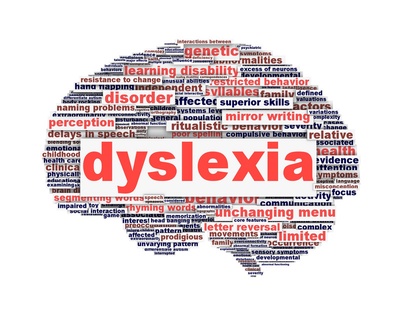
Dyslexia

It is thought that around 10% of the population show signs of dyslexia.
Dyslexia is not related to intellectual ability or standard of teaching. It is independent of socio-economic or language background.
Dyslexia has been defined as follows:
Dyslexia is a specific learning difficulty that mainly affects the development of literacy and language related skills. It is likely to be present at birth and to be life-long in its effects. It is characterised by difficulties with phonological processing, rapid naming, working memory, processing speed, and the automatic development of skills that may not match up to an individual's other cognitive abilities.
It tends to be resistant to conventional teaching methods, but its effect can be mitigated by appropriately specific intervention, including the application of information technology and supportive counselling.
People with dyslexia often struggle with:
- Reading
- Writing
- Spelling
- Maths
- Telling the time
- Hearing certain sounds
- Handwriting
- Speech and language
- Remembering instructions
- Organisation
- Getting their ideas on to paper
- Processing information quickly
Dyslexic individuals often have very well developed creative skills and/or interpersonal skills and some employers are now actively seeking dyslexic employees because of their inventiveness and problem solving abilities.
Top Ten Tips For Dyslexia Friendly Classrooms

- Use a multisensory approach to teaching: graphics, diagrams, flowcharts, mind maps, colours, video, and sound.
- Use poster displays to support key vocabulary.
- Include creative, problem solving activities.
- Provide tasks in which students can express creativity in their thinking and reward this thinking
- Avoid copying from the board
- If pupils can’t spell a word, spell it loud for them and, at the same time, write it on the board- provide key spellings
- Use coloured dots/ pens if board work cannot be avoided.
- Check that students have understood instructions.
- Make learning an active process and interactive process.
- Vary your style of teaching and be aware of different learning styles.
Email: judyh1@hotmail.com